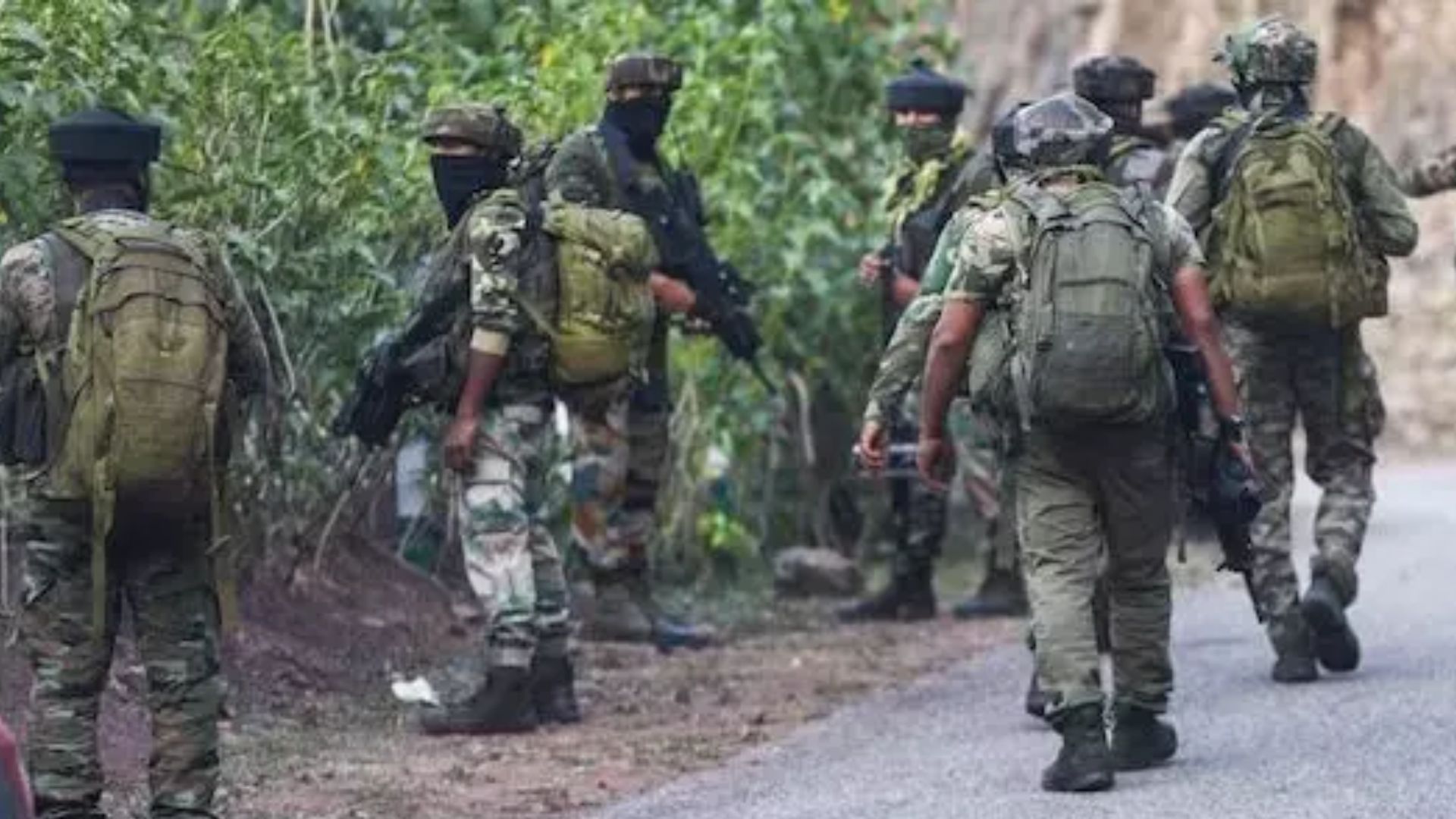 English
English

How Terrorists Planned & Executed the Cold-Blooded Attack on Indian Tourists. Read More on Dynamite News

Representational Image
Pahalgam: The Baisaran Valley, popularly known as 'Mini Switzerland', is not an ordinary area, but a popular and beautiful tourist destination. But why did the terrorists choose Baisaran? Was it just a coincidence, or was there a deep conspiracy and strategy behind it?
Hundreds of tourists reach Bisaran Valley every day, which is about 5.5 KM from Pahalgam town. Bisaran Valley is cursed and blessed with deep valleys and dense forests, so it becomes difficult to commute by vehicle.
Most tourists arrive on foot or by horseback, as motor vehicles are largely restricted on this route, reports Dynamite News correspondent.
Despite being such a sensitive area, there is neither a police post nor any permanent security force deployed on this trekking route. In such a situation, the place became an easy target for the terrorists.
The route to Baisaran is highly challenging and winding. It traverses rivers, dense forests, and muddy areas, with many sections so slippery that a slight mistake could be fatal.
The area is so inaccessible that in any emergency, it takes at least 40-50 minutes for security forces or medical teams to reach there. The geological structure of Baisaran and the negligence of the security system aided the terrorists in carrying out the attacks with ease.
The terrorists who carried out the attack were linked to 'The Resident Front', an affiliate of the Pakistani-backed terrorist organization Lashkar-e-Taiba, which had conducted surveillance of the area with the help of local overground workers.
The terrorists had set up their hideouts in dense forests and were also carrying body cameras at the time of the attack—which clearly shows that the attack was well pre-planned.
The attackers had noted the movements of tourists in advance and chose the time when there was a maximum presence of people so that the effect of fear would be more and more people could be targeted.
Since the 90s, the target of terrorist attacks was often security forces or political targets. Directly targeting tourists is a rare and different strategy—and this attack has broken that unwritten rule.
Its primary objective may also be to damage Kashmir's tourism industry and India's global standing.
This attack shows that promoting beautiful places and boosting tourism is insufficient. Unless the security system is strong and active, the threat will remain in remote but popular areas.
Now it remains to be seen what lessons the government and security agencies learn from this attack and what permanent steps are taken for security in areas like Baisan.
No related posts found.